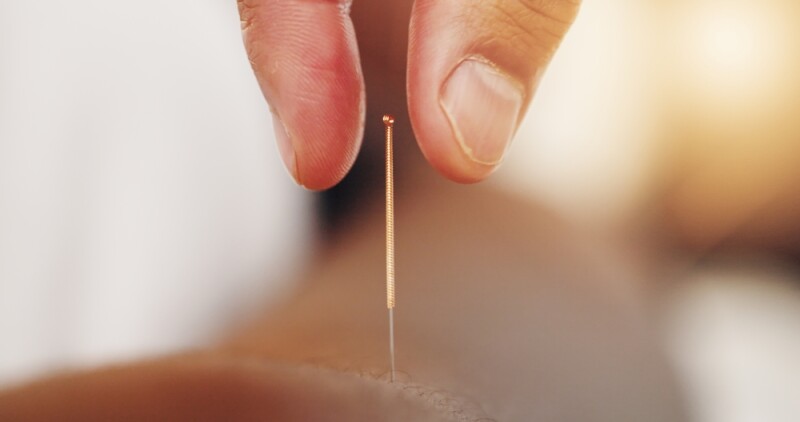Study explores the effects of COVID-19 on athletes
Researchers at the University of São Paulo in São Paulo, Brazil estimated that eight percent of athletes have persistent symptoms after a COVID-19 infection, and while most athletes fared well against the disease, the study indicated personalized assessments for when athletes can return to training are needed.
The study, published in the British Journal of Sports Medicine, was led by Bruno Gualano, PhD, professor at the University of São Paulo Medical School. Gualano and his team set out to discover how acute and post-acute COVID-19 presented in athletes. Researcher began by searching through four databases, MEDLINE, EMBASE, SCOPUS, and SPORTDiscus, to find related studies published from 2019 to January of 2022. All studies analyzed had to include professional, amateur, or college athletes who had been infected with COVID-19. Researchers mitigated the risk of bias with the Joanna Briggs Critical Appraisal tools.
“We analyzed data from acute cases to appraise manifestations and severity, as well as persistent symptoms reported after the virus had been eliminated from the organism,” said Gualano in a statement. “This scope is more comprehensive than what has become generally known as Long COVID.”
Researchers found that eight percent of the subjects studied had persistent symptoms of COVID-19, leaving the vast majority of athletes without lasting symptoms. Additional findings showed:
- 74 percent of athletes had symptoms during the acute stage of their COVID-19 infection
- 3 percent of athletes’ infections progressed to a severe form of COVID-19
- Three percent of athletes developed exercise intolerance
According to researchers, these findings suggest only a small portion of athletes experienced persistent symptoms of COVID-19 and an even smaller percentage developed a severe case of the disease. However, authors also suggested that the amount of time needed to safely resume training should be determined on a case-by-case basis.
“Ideally, athletes should be carefully assessed, and if there are persistent symptoms, it may be necessary to ensure that training is light for a time, or even delay a resumption until all symptoms are resolved,” he said.




















SHARE